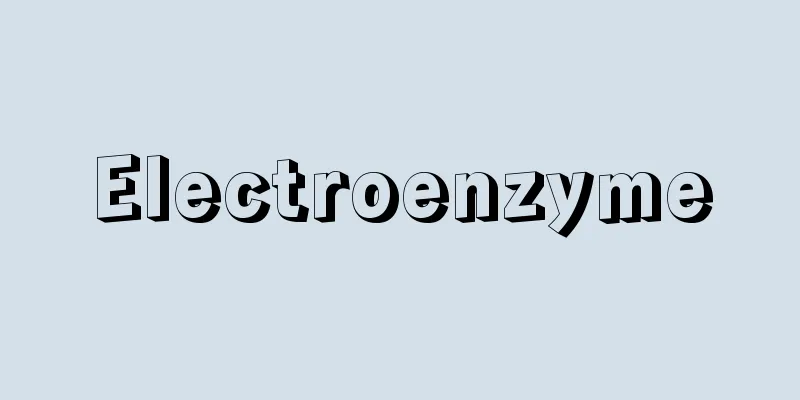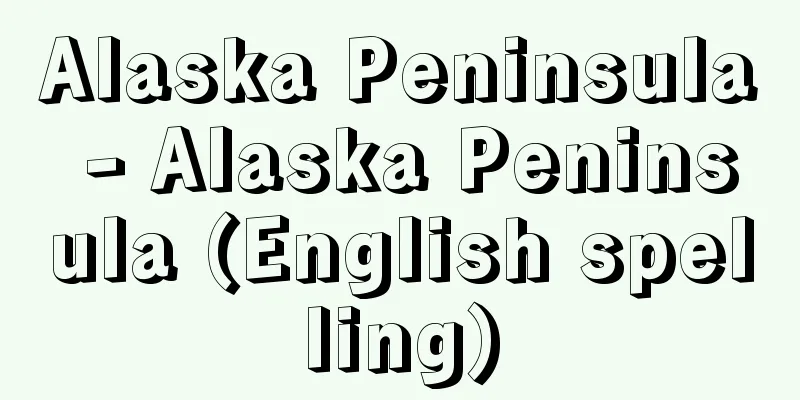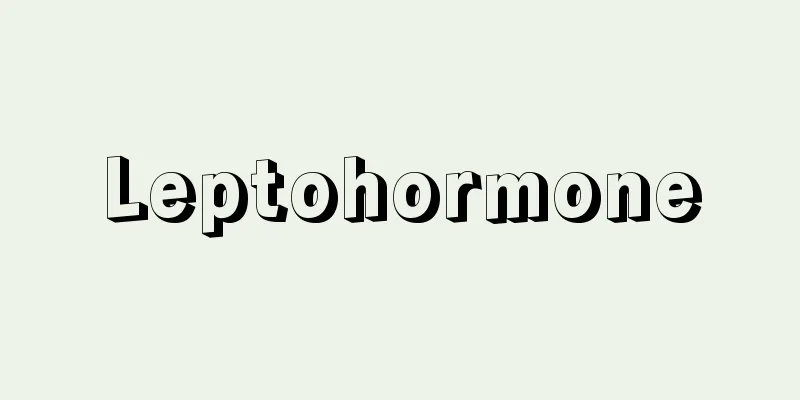Anders Gustaf Ekeberg

|
1767‐1813 Swedish chemist and mineralogist. Born in Stockholm, he studied at Uppsala University, where he later became professor of chemistry. In 1795, he was the first to introduce to Sweden a new system of chemical nomenclature based on Lavoisier's system. In 1797, he anonymously published a detailed study of the newly discovered element yttria, an oxide, and in 1802 he discovered the new element tantalum. This was confused with columbium (niobium), discovered the previous year, but it was not until 1846 that it was confirmed to be a different element. Source: Heibonsha World Encyclopedia, 2nd Edition Information |
|
1767‐1813 スウェーデンの化学者,鉱物学者。ストックホルムに生まれ,ウプサラ大学に学び,のち同大学化学教授となる。1795年ラボアジエの体系にもとづく新しい化学命名法を初めてスウェーデンに導入した。97年,発見されたばかりの新元素酸化物イットリアについて詳細な研究を匿名で発表,また1802年には新元素タンタルを発見した。これは前年に発見されたコロンビウム(ニオブ)と混同されたが,46年になって別の元素であることが確証された。 出典 株式会社平凡社世界大百科事典 第2版について 情報 |
Recommend
"The Book to Come" - The Book to Come
...His interest is directed to the fact that the ...
Brown Leghorn [species] - Brown Leghorn
…They have been imported into Japan frequently si...
Theodosian Dynasty - Theodosius
The period refers to the period following the deat...
Limestone - limestone
A type of sedimentary rock whose main component i...
Trench coat
〘Noun〙 (trench coat) A coat with a double front an...
Hyperplasic gastritis
…This type of gastritis is rare among Japanese pe...
Observations of various family crests - Kenmon Shokamon
The oldest collection of family crests in Japan. A...
Calcutta
The largest city in eastern India. Capital of West...
Yashima [town] - Yashima
This old town in Yuri County occupies the middle r...
Titanium metal
… [titanium] Of all the light metals, titanium is...
Deep Sea - Okunoumi
…An inlet further inland from Ishinomaki Bay in e...
The Rebellion of Liu Liu and Liu Qi
During the Ming Dynasty in China, a popular rebell...
Mediastinum
The space near the median plane of the thorax bet...
Inuzansho - Inuzansho
A deciduous shrub of the Rutaceae family that grow...
fatrasie
...It is said that saying a tongue twister three ...









